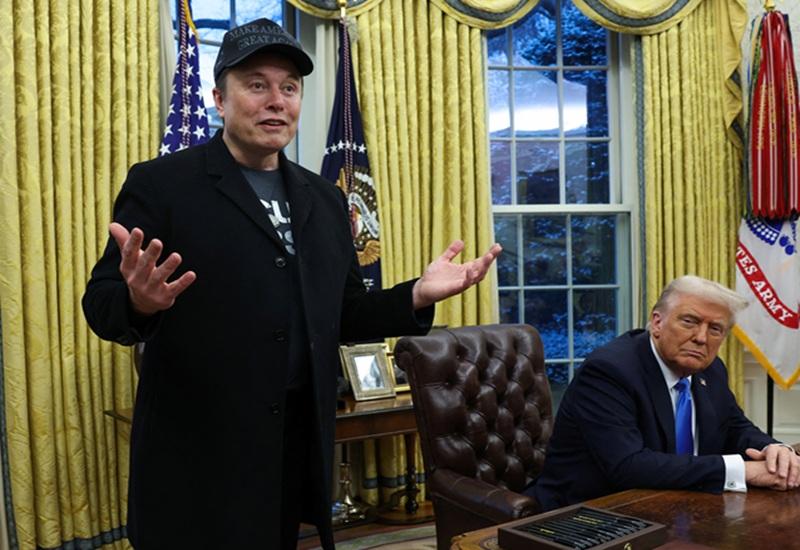Trump Announces Doubling of US Tariffs on Steel Imports to 50%

In a bold and significant move that could reshape the landscape of the steel industry, US President Donald Trump has declared plans to double tariffs on steel imports, raising them to an unprecedented 50 percent. This decision, which is likely to impact a wide array of international trade, particularly Australian metal exports worth hundreds of millions of dollars, was announced during a visit to the Pittsburgh headquarters of US Steel. The company is currently in the process of being acquired by Nippon Steel, a major Japanese steelmaker.
During his address at the US Steel Corporation’s Mon Valley Works-Irvin plant, Trump emphasized that the intention behind this tariff hike is to bolster and protect the domestic steel industry. He reassured the steelworkers, who were clad in hard hats and bright fluorescent vests, that this move would provide additional security for their jobs and livelihoods. The atmosphere was charged with enthusiasm as Trump spoke, prompting applause from the audience of steelworkers who rallied behind his message.
“This move will even further secure the steel industry in the United States,” Trump proclaimed, asserting that the increased tariffs would eliminate any possibility for foreign competitors to undercut American producers. “Nobody’s going to get around that … Nobody’s going to be able to steal your industry,” he declared, reinforcing his administration's commitment to protecting American jobs and manufacturing.
This announcement forms part of a broader strategy by the Trump administration aimed at revitalizing the US manufacturing sector, particularly in regions heavily reliant on industries like steel and coal. Critics of the tariffs, however, are concerned about potential retaliatory measures from other countries, which might affect other sectors of the economy and lead to increased prices for consumers. The implications of such a significant policy change will be closely monitored by industry experts and economists alike.
As the steel industry grapples with both domestic and international challenges, Trump's decision has placed a renewed focus on the importance of steel production in the United States. The administration has continually highlighted job creation and industry protection as primary objectives, positioning tariffs as a means to achieve these goals.























